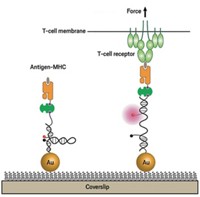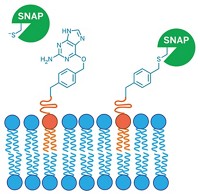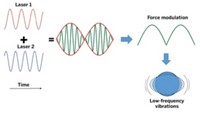Advertisement
Grab your lab coat. Let's get started
Welcome!
Welcome!
Create an account below to get 6 C&EN articles per month, receive newsletters and more - all free.
It seems this is your first time logging in online. Please enter the following information to continue.
As an ACS member you automatically get access to this site. All we need is few more details to create your reading experience.
Not you? Sign in with a different account.
Not you? Sign in with a different account.
ERROR 1
ERROR 1
ERROR 2
ERROR 2
ERROR 2
ERROR 2
ERROR 2
Password and Confirm password must match.
If you have an ACS member number, please enter it here so we can link this account to your membership. (optional)
ERROR 2
ACS values your privacy. By submitting your information, you are gaining access to C&EN and subscribing to our weekly newsletter. We use the information you provide to make your reading experience better, and we will never sell your data to third party members.
Analytical Chemistry
Tip-Enhanced Raman Detects Interactions On Cell Surfaces
ACS Meeting News: Spectroscopic method monitors interactions without need for chemical modifications
by Celia Henry Arnaud
August 27, 2012
| A version of this story appeared in
Volume 90, Issue 35
Tip-enhanced Raman spectroscopy (TERS) can be used to probe the interactions of receptors and ligands on cell membranes, reported Zachary D. Schultz of the University of Notre Dame. TERS gives Schultz and his coworkers a way to monitor molecules on cell surfaces without chemical modifications that could perturb the system. In TERS, a metal nanoparticle attached to an atomic force microscope tip is used to enhance Raman signals. The signal can be enhanced even more with ligand-conjugated metal nanoparticles. So Schultz used TERS to examine how antigen-labeled gold nanoparticles bind the antibody immunoglobulin G on cancer cell surfaces (Anal. Chem., DOI: 10.1021/ac301739k). The nanoparticle is incorporated into the membrane but remains on the surface; TERS distance sensitivity means that nanoparticles inside the cell can’t be detected. The large antibody swamps other contributions to the TERS spectrum, but previous experiments with biotin and streptavidin suggested that TERS spectra contain information about interactions between proteins and nearby molecules in the membrane.





Join the conversation
Contact the reporter
Submit a Letter to the Editor for publication
Engage with us on Twitter